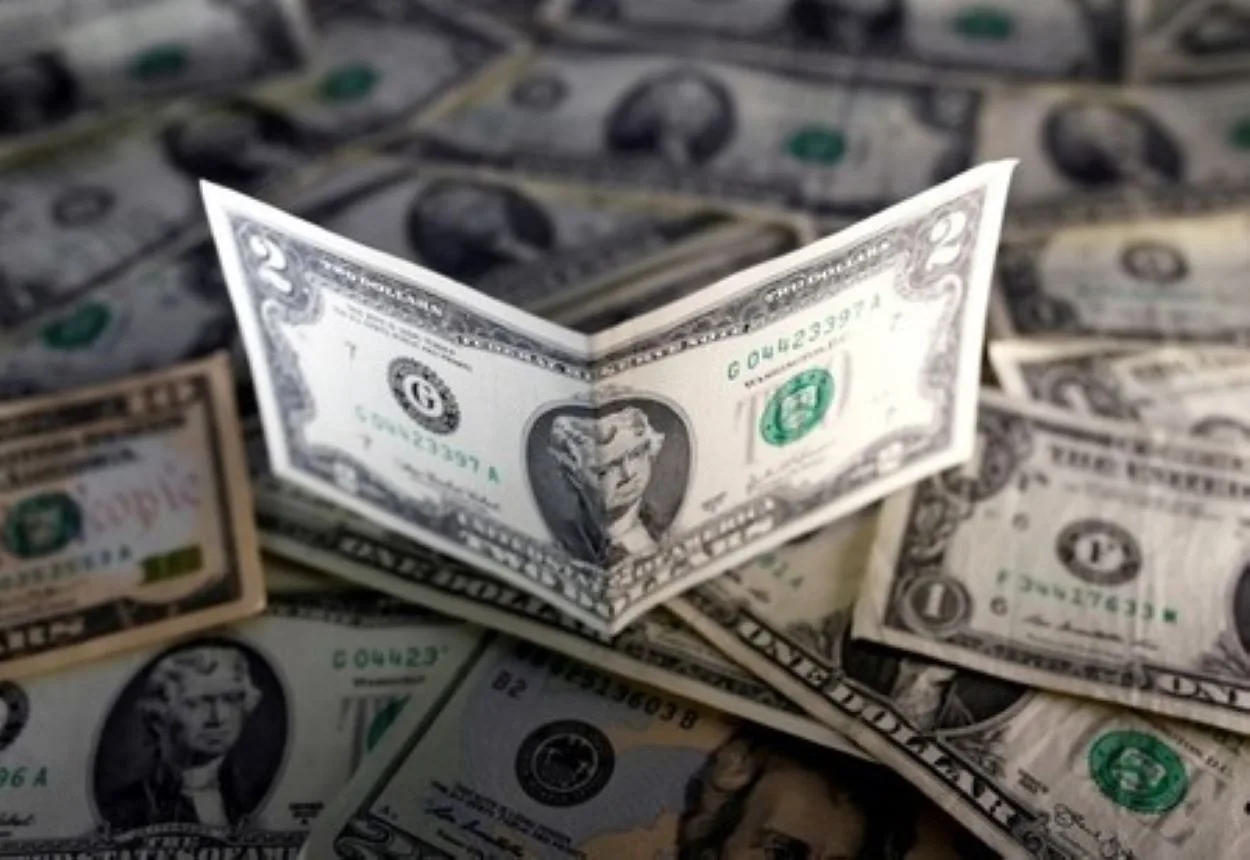On Monday, the U.S. dollar suffered one of its worst trading days in recent years, plunging to a 10-year low against the Swiss franc and a seven-month low versus the Japanese yen as investors reacted to growing concerns about Federal Reserve independence. The dramatic currency moves followed fresh comments from President Donald Trump suggesting he may attempt to remove Fed Chair Jerome Powell from his position.
The dollar index, which measures the greenback against a basket of major currencies, collapsed to a three-year low of 98.267 as traders fled the U.S. currency. The euro surged to $1.1533, its strongest level in three years, while sterling climbed above $1.3380. Emerging market currencies also gained substantial ground against the weakening dollar, with the Australian and New Zealand dollar touching multi-month highs.
White House economic adviser Kevin Hassett confirmed the administration continues studying options to remove Powell, amplifying market jitters. Trump’s latest remarks that Powell’s termination “cannot come fast enough” have created unprecedented uncertainty about central bank independence, despite legal experts noting the president lacks direct authority to fire the Fed chair.
Market-Wide Risk Aversion
The dollar’s collapse triggered broad financial market repercussions:
- Equities: S&P 500 futures fell 0.6% while Japan’s Nikkei dropped over 1%
- Commodities: Gold surged above $3,370/oz on safe-haven demand
- Oil: Brent crude fell 1.75% to $66.77 amid easing Iran tensions
- Bonds: Treasury yields edged lower as investors sought safety
Vishnu Varathan, head of macro research at Mizuho Bank in Singapore, warned that “just creating the perception that you could fundamentally change the view of an independent Fed” damages market confidence. The comments reflect growing concern that political pressure alone could undermine the central bank’s credibility.
Investor anxiety has been further heightened by Trump’s unpredictable trade policies, which continue to generate market volatility and dampen U.S. economic sentiment. The combination of trade uncertainty and Fed interference fears has created a perfect storm for dollar bears.
Markets now await upcoming earnings reports from major U.S. corporations and any further signals on Fed policy direction. The extraordinary situation places Powell in an increasingly difficult position as he balances political pressures against the Fed’s mandate to maintain price stability and maximum employment.
The dollar’s dramatic decline signals deepening investor concern about institutional stability in Washington. It raises serious questions about how the Federal Reserve can maintain policy independence amid unprecedented White House criticism. With no immediate resolution, currency markets may face continued volatility in the coming sessions.






